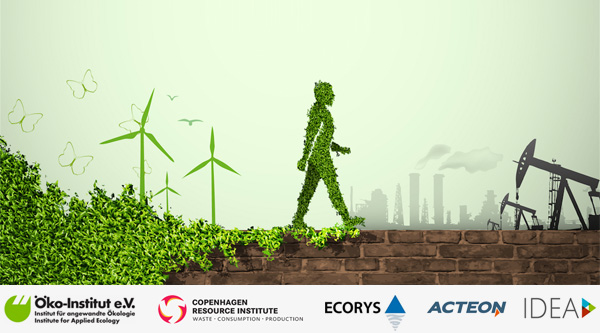Tuesday, 16/12/2025 | 02:12 GMT+7
The European Commission has hired a consortium of external experts to identify energy saving effects caused by improved resource efficiency. The project recently started and is expected to be completed by May 2016.
In line with Europe’s continued push towards improved sustainability, the European Commission frequently commissions experts to investigate potential improvement areas. One of the key sustainability initiatives of the EC is the so-called ‘A resource-efficient Europe’ – a flagship initiative of the Europe 2020 Strategy that aims at supporting the shift towards a resource-efficient, low-carbon economy to achieve sustainable growth. “Increasing resource efficiency is key to securing growth and jobs for Europe.

It will bring major economic opportunities, improve productivity, drive down costs and boost competitiveness,” states the EC in the outline of its programme. EC hires consortium to identify energy saving effects As part of the long-term framework, the EC’s DG Environment has commissioned five external firms – Oeko-Institut (lead), Ecorys, IDEA Consult, the Copenhagen Resource Institute and ACTeon – to identify energy saving effects caused by improved resource efficiency.
Objective of the research is to assess the economic, social and political barriers hampering the twofold effects on resources and energy savings, and subsequently propose the most efficient (policy) measures to remove these barriers. The study is based upon data from Life Cycle Assessments (LCAs) and material flow analysis and will consider case studies on “best performers”. This data will be up-scaled to provide quantitative evidence for improved resource efficiency and potential energy savings for the addressed products and sectors and their contributions to the (non-binding) 2020 energy efficiency target. In addition data of existing aggregation models or studies might be used and adopted for this special-purpose aggregation.
Anh Tuan








 Enhancing capacity to develop and implement energy efficiency policies at local level
Enhancing capacity to develop and implement energy efficiency policies at local level
 Bosch Vietnam Plant Benefits from Investment in Energy Efficiency
Bosch Vietnam Plant Benefits from Investment in Energy Efficiency
 Webinar 2: “Financial Support for Energy Efficiency Enterprises – Opportunities and Challenges”
Webinar 2: “Financial Support for Energy Efficiency Enterprises – Opportunities and Challenges”
 Vietnamese enterprises achieve green growth and cut costs through energy efficiency
Vietnamese enterprises achieve green growth and cut costs through energy efficiency
 Capacity Building for Program Implementing Entity
Capacity Building for Program Implementing Entity
 Promoting Energy Efficiency for Technical Staff of Brick and Ceramic Sector
Promoting Energy Efficiency for Technical Staff of Brick and Ceramic Sector
 Enhance Energy Efficiency Knowledge for Managers of Cement Industrial Enterprises
Enhance Energy Efficiency Knowledge for Managers of Cement Industrial Enterprises